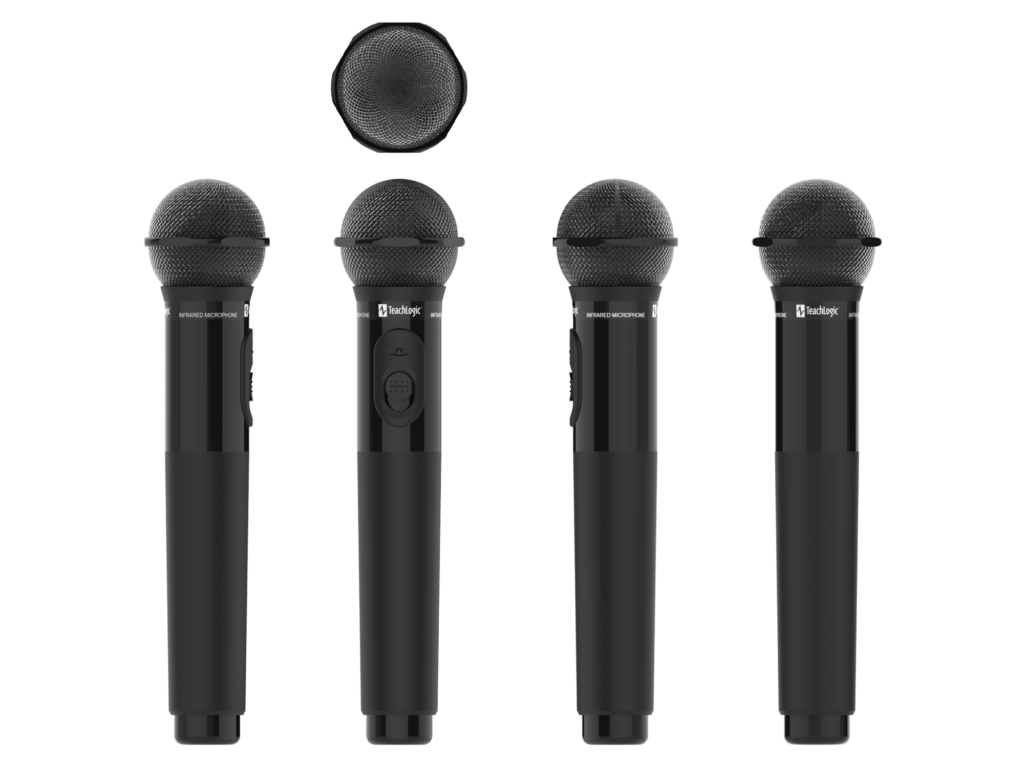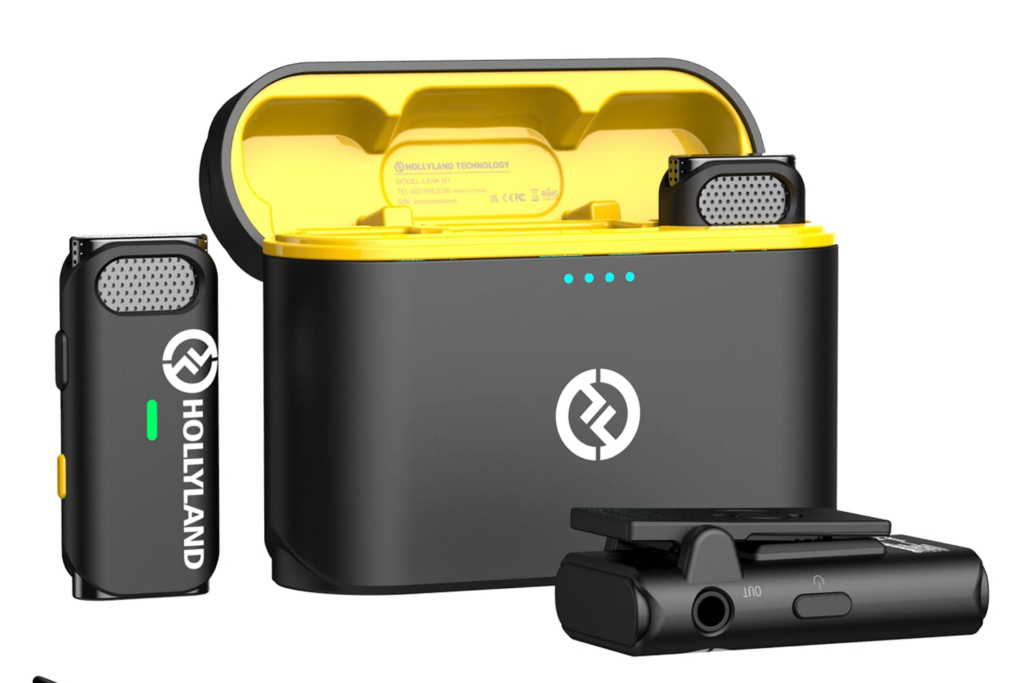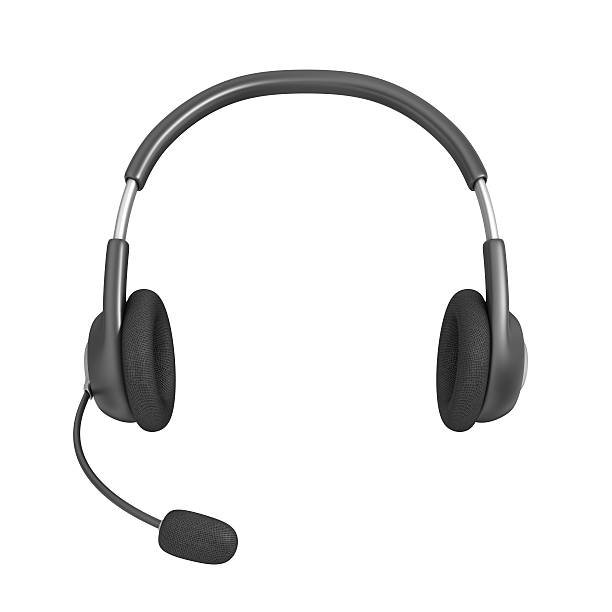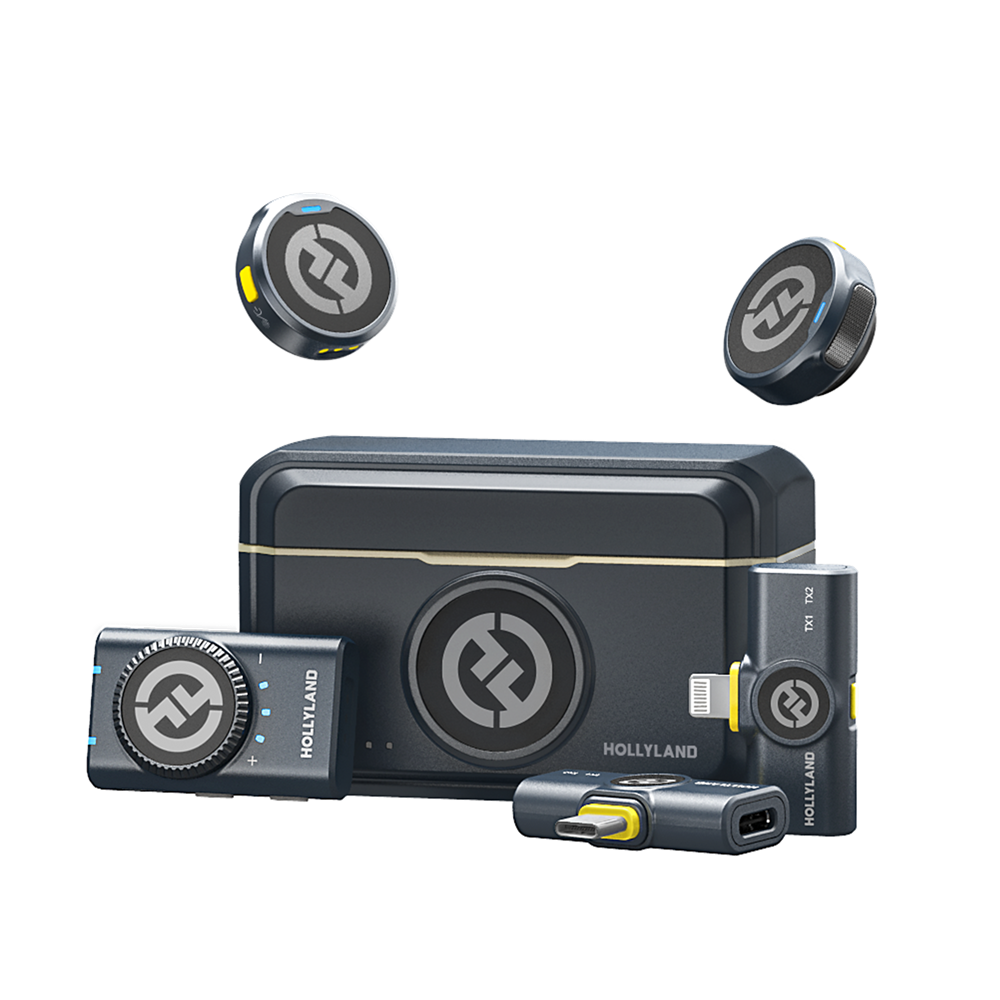Wireless microphones are compact audio devices that transmit audio signals without the need for physical cables.
They consist of a microphone element that converts sound waves into electrical signals, which are then modulated onto a radio frequency (RF) carrier wave.
The RF signal is transmitted using an antenna and received by a wireless receiver, which demodulates the signal back into an audio format.
The receiver then amplifies and outputs the audio to a sound system or recording device.
Wireless microphones use various RF technologies such as FM, AM, or digital modulation, and typically operate within regulated frequency bands to avoid interference with other wireless devices.

What is a Wireless Microphone?
A wireless microphone is a cable-free microphone that uses a transmitter to send audio signals as radio waves to a receiver.
The receiver demodulates the radio waves back into audio, which can be amplified and output to a sound system or recording device.
Wireless microphones allow for freedom of movement and are commonly used in live performances, broadcasting, and public speaking.
What are the Basic Components of a Wireless Microphone System?
A wireless microphone system typically consists of three basic components: a microphone, a transmitter, and a receiver.
The microphone captures sound waves and converts them into electrical signals.
The transmitter then modulates these signals onto a radio frequency (RF) carrier wave for wireless transmission.
The receiver, equipped with an antenna, receives the RF signal, and demodulates it back into an audio format for amplification and output.
Microphone:
The microphone is the first component of a wireless microphone system. It captures sound waves from the user’s voice or other audio sources and converts them into electrical signals.
There are different types of microphones used in wireless systems, such as handheld microphones, lavalier (lapel) microphones, and headset microphones, each with their own unique advantages and applications.
Here they are:
- Handheld Microphone:

This type of microphone is held in the hand and is ideal for performers or speakers who need to move around on stage. Handheld microphones often have built-in transmitters, making them self-contained and easy to use.
- Lavalier Microphone (or Lapel Microphone):

This type of microphone is typically clipped to the user’s clothing, usually on the lapel or collar. It offers hands-free operation and is commonly used by presenters, broadcasters, and performers who require mobility and unobtrusiveness.
- Headset Microphone:

This type of microphone is worn on the head, typically with a headband or earhook, and is ideal for performers or speakers who need both hands free. Headset microphones are commonly used in theatrical performances, fitness instruction, and other applications where movement is required.
Transmitter:
The transmitter is responsible for modulating the electrical signals from the microphone onto a radio frequency (RF) carrier wave for wireless transmission.
It typically has controls for adjusting the audio level, selecting the transmission frequency or channel, and may also have additional features like mute or gain adjustments.
The transmitter is usually worn or carried by the user or attached to the microphone itself, and it may be powered by batteries or other power sources.
- Handheld Transmitter:
This type of transmitter is built into a handheld microphone. It allows the user to hold the microphone and transmitter in one hand, making it a convenient and portable option.
Handheld transmitters typically have controls for adjusting the audio level, selecting the transmission frequency or channel, and may also have additional features like mute or gain adjustments.
- Bodypack Transmitter:
This type of transmitter is a small, portable device that can be attached to the user’s clothing or carried in a pocket or belt pack.
It typically has a connector for attaching a lavalier or headset microphone, or other audio sources.
Bodypack transmitters are commonly used with lavalier microphones, headset microphones, or instrument pickups for hands-free operation.
- Plug-on Transmitter:
This type of transmitter is designed to be plugged directly into the XLR output of a wired microphone, turning it into a wireless microphone.
It is commonly used in situations where a wired microphone needs to be used wirelessly, such as in broadcast or live sound applications.
Plug-on transmitters typically have controls for adjusting the audio level, transmission frequency, and may also have additional features like phantom power for condenser microphones.
Receiver:
The receiver is the component that receives the RF signal from the transmitter and demodulates it back into an audio format.
It typically has an antenna for receiving the RF signal and may also have multiple channels or frequencies to choose from to avoid interference. The receiver is connected to a sound system or recording device for amplifying and outputting the audio signal.
Some receivers also have additional features like audio outputs, display screens, or frequency scanning capabilities to optimize performance.
Three Types of Wireless Microphones System
Following are the three main types of wireless microphone systems based on how the receiver receives the transmitted radio signal:
- Non-Diversity:
In a non-diversity system, the receiver has a single antenna and receives the radio signal from the transmitter without any signal processing or redundancy.
This type of system is more susceptible to interference and signal dropouts, as it relies solely on the strength of the received signal from the transmitter.
Non-diversity systems are typically more affordable and simpler in design.
- Diversity:
In a diversity system, the receiver uses multiple antennas and may have two or more receiver circuits to receive the radio signal from the transmitter. The receiver constantly monitors the strength and quality of the signals from the antennas and selects the one with the strongest and clearest signal for output.
This helps to minimize interference and signal dropouts, as the system can switch to a different antenna if the signal from one antenna becomes weak or noisy.
Diversity systems offer improved signal reliability and performance compared to non-diversity systems.
- True Diversity:
True diversity is a more advanced form of diversity where the receiver has multiple antennas and receiver circuits that are physically and electronically separated from each other.
This type of system offers enhanced signal reliability and performance compared to regular diversity systems, as it provides true independent reception paths for the radio signal.
True diversity systems are typically more expensive and complex in design.
Basics of Wireless Microphone Radio Frequency Transmission
Here are the basics of wireless microphone RF transmission:
- Frequency Bands:
Wireless microphones operate within specific frequency bands that are allocated by regulatory authorities, such as the Federal Communications Commission (FCC) in the United States.
These frequency bands include:
VHF (Very High Frequency), UHF (Ultra High Frequency), and 2.4 GHz (Gigahertz).
VHF is commonly used for short-range applications, while UHF is preferred for longer range and more robust performance due to its lower susceptibility to interference.
- Frequency Selection:
Selecting the right frequency for wireless microphones is crucial to avoid interference from other wireless devices, such as Wi-Fi routers, cordless phones, and other wireless microphones.
Frequency coordination, which involves planning and allocating frequencies for multiple wireless microphones in each area, is important to ensure smooth and uninterrupted operation.
- Transmitter and Receiver:
A wireless microphone system typically consists of a transmitter, which is usually attached to the microphone, and a receiver, which is connected to the sound system or recording equipment.
The transmitter converts the audio signal from the microphone into an RF signal, which is then transmitted wirelessly to the receiver.
- Antennas:
Antennas play a critical role in wireless microphone RF transmission. The transmitter and receiver both have antennas that are designed to send and receive RF signals, respectively. Proper antenna placement and orientation are crucial for optimal performance and minimizing interference.
- Interference:
Wireless microphones are susceptible to interference from various sources, such as other wireless devices, physical obstacles, and competing RF signals.
Interference can cause audio dropouts, noise, and degraded audio quality.
Using frequency coordination, selecting appropriate frequency bands, and using diversity receivers (which have multiple antennas) can help mitigate interference and ensure reliable performance.
- Licensing:
In some countries, the use of certain frequency bands for wireless microphones requires a license from regulatory authorities. It’s important to comply with local regulations and obtain the necessary licenses to avoid legal issues and ensure smooth operation.
What is the Proper Use and Handling of Wireless Microphones?
- Frequency Coordination: Before using wireless microphones, plan and coordinate the frequencies to be used to avoid interference from other wireless devices or wireless microphone systems.
- Battery Management: Always use fresh and fully charged batteries in your wireless microphone system. Weak or depleted batteries can cause dropouts, signal loss, and reduced performance. Replace batteries before they run out of power, and store spare batteries in a cool and dry place.
- Antenna Placement: Ensure that antennas on both the transmitter and receiver are properly attached and positioned for optimal signal reception.
- Transmitter and Receiver Placement: Proper placement of the transmitter and receiver is crucial for reliable performance. Keep the transmitter and receiver within the recommended operating range and avoid placing them too close to metal objects or other RF devices that may cause interference.
- Handling and Transport: Handle wireless microphones with care to avoid dropping or mishandling, which can cause damage to the equipment. When transporting wireless microphones, use protective cases or bags to prevent physical damage and ensure that antennas and connectors are properly secured.
- Cleaning and Maintenance: Regularly clean and maintain your wireless microphones according to the manufacturer’s recommendations. Use appropriate cleaning materials and methods to avoid damaging the equipment. Check connectors, cables, and antennas for signs of wear or damage, and replace any defective components promptly.
- Firmware Updates: Stay updated with the latest firmware and software updates provided by the manufacturer for your wireless microphone system.
- Education and Training: Ensure that users of wireless microphones are properly trained on their operation and handling. Provide proper instructions on frequency coordination, battery management, antenna placement, and other best practices to prevent misuse or mishandling of the equipment.
Frequently Asked Questions
Q: How does a wireless microphone work?
A wireless microphone typically consists of a handheld or body-worn microphone, a transmitter, and a receiver. The microphone captures sound and converts it into an electrical audio signal. The transmitter then wirelessly sends the audio signal to the receiver, which is connected to a sound system or recording device. The receiver converts the wireless signal back into an audio signal, which is then amplified or recorded as needed.
Q: What are the advantages of using a wireless microphone?
Mobility: Wireless microphones allow performers, speakers, and presenters to move freely without being tethered by a cable, providing greater flexibility and mobility on stage or during presentations.
Convenience: Wireless microphones eliminate the need for long microphone cables, reducing clutter and tripping hazards.
Flexibility: Wireless microphones can be used in various environments and applications, including live performances, presentations, broadcasts, interviews, and more.
Professionalism: Wireless microphones offer a clean and uncluttered appearance, making them suitable for professional performances and presentations.
Q: Are there any limitations or challenges with wireless microphones?
Interference: Wireless microphones operate on specific frequency bands, and interference from other wireless devices or radio signals can disrupt their performance or cause dropouts in audio quality.
Range: The range of wireless microphones can be limited, especially in crowded RF environments or when obstacles are present.
Battery life: Wireless microphones require batteries for both the transmitter and receiver, and battery life can vary depending on the type of microphone and usage patterns.
Cost: Wireless microphones can be more expensive than wired microphones due to the additional technology and components required for wireless operation.
Q: What are some best practices for using wireless microphones?
Here are some best practices for using wireless microphones:
Choose the right frequency: Select a clear frequency that is not occupied by other wireless devices or radio signals in the environment to avoid interference.
Monitor battery levels: Regularly check the battery levels of the transmitter and receiver to ensure they have sufficient power for the duration of your event or performance.
Properly position the receiver: Place the receiver in a location that minimizes interference and maintains a strong wireless signal, ideally close to the transmitter.
Avoid obstacles: Keep the transmitter and receiver free from physical obstacles, such as walls or other large objects, which can block or weaken the wireless signal.
Perform sound checks: Conduct thorough sound checks before any performance or presentation to ensure the wireless microphone is working properly and the audio quality is satisfactory.
Q: Are there any legal regulations or licenses required for using wireless microphones?
Yes, there may be legal regulations and licenses required for using wireless microphones, depending on your location. In some countries, wireless microphones operate on specific frequency bands that are regulated by local authorities, and the use of wireless microphones may require obtaining a license or permit.
Conclusion
Wireless microphones, the unsung heroes of stage performances and events, work like magic behind the scenes.
Using cutting-edge technology, they convert sound waves into radio waves that are transmitted wirelessly to a receiver.
The microphone’s transmitter, cleverly tucked away on the performer, sends the signal to the receiver, which then converts it back into an electrical signal that can be amplified and projected to captivate the audience.
With their sleek design and reliable performance, wireless microphones provide the freedom to move and perform without being tethered, making them an essential tool for professional performers and public speakers alike.






